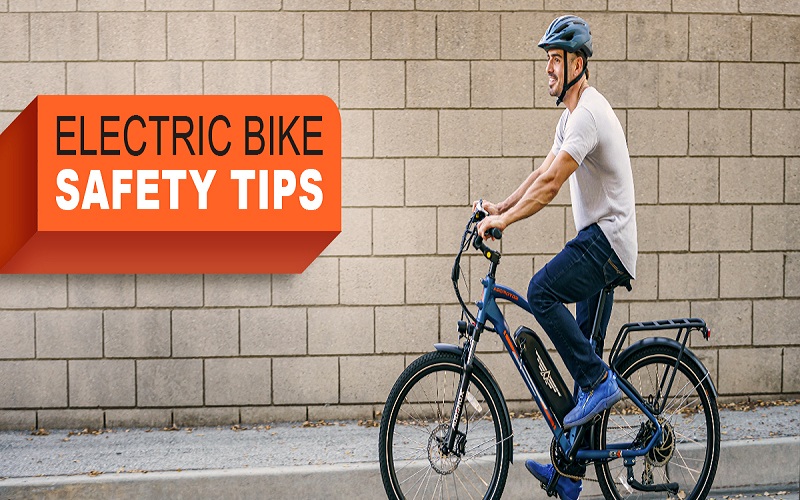
Electric bikes (e-bikes) are gaining popularity in India due to their low operating costs, minimum maintenance, and environmental friendliness. However, users often have questions about charging and insurance with this emerging technology.
Charging Your Electric Two-Wheeler
The heart of your electric bike lies in its battery, and proper charging is vital to avoid hefty replacement costs. Additionally, having comprehensive electric bike insurance safeguards against unforeseen circumstances. Here are vital considerations for charging your e-bike:
1. Appropriate Length Of Charging
Fully charge your electric bike, especially if it’s a recent purchase. A complete charge may take up to 12 hours, ensuring all components receive sufficient current for a healthy battery.
2. Appropriate Frequency Of Charging
Avoid letting the battery discharge entirely. Recharge when it reaches 30% to 60% capacity, and discharge it occasionally after 40 to 60 cycles. Regular charging promotes frequent use and prolongs battery life.
3. Proper Temperature For Charging
Batteries are sensitive to temperature extremes. Charge and use them in neutral weather conditions (60°F to 70°F) for optimal battery health. Do not charge in excessively hot or cold temperatures.
4. Appropriate Charging Timing
Don’t overcharge the battery. While it’s a common misconception to charge overnight, monitoring your e-bike during the charging process is essential to prevent damage to the battery’s integrity.
5. Appropriate Storage Technique
When storing the battery, ensure it’s not empty, maintaining a capacity of 40% to 70%. This prevents damage, especially during bad weather or when planning a trip.
Consider This When Buying An Electric Bike
When purchasing an electric bike, consider the following factors:
- Range Of Travel: Evaluate the e-bike’s range, ensuring it meets your commuting needs.
- Budget: Determine your budget for the e-bike, considering both the initial cost and potential future expenses.
- Repair And Service Availability: Check if nearby repair shops are aware of authorized service stations and have the necessary parts available for your e-bike.
Types of Electric Bikes
Electric vehicles come in various types:
Battery Electric Vehicles (BEVs): Operate solely on electric batteries without petrol engine components.
Plug-In Hybrid Electric Vehicles (PHEVs): These vehicles utilize an electric motor and a larger battery than standard hybrid vehicles.
Hybrid Electric Vehicles (HEVs): Low-emission vehicles that combine gas-powered engines with an electric motor.
Insurance For Electric Bikes
Having two-wheeler insurance for an e-bike is crucial due to the expensive components. Insurance providers offer comprehensive electric bike insurance with customizable options for increased security. Even though e-bikes are not categorized as motor vehicles, the potential repair or replacement costs make motor insurance highly advisable. Claims are subject to terms and conditions set forth under the motor insurance policy. *
The growing fascination with electric bikes in India comes with practical considerations, particularly regarding whether electric bikes need license in India. The rule is straightforward: if your electric bike’s motor surpasses 250 watts or if its top speed exceeds 25 kmph, obtaining a driver’s license becomes a mandatory requirement. *
Understanding how to charge your electric bike properly and securing the proper insurance are essential steps for maximizing the benefits of this eco-friendly mode of transportation.
* Standard T&C Apply
Insurance is the subject matter of solicitation. For more details on benefits, exclusions, limitations, terms, and conditions, please read the sales brochure/policy wording carefully before concluding a sale.



